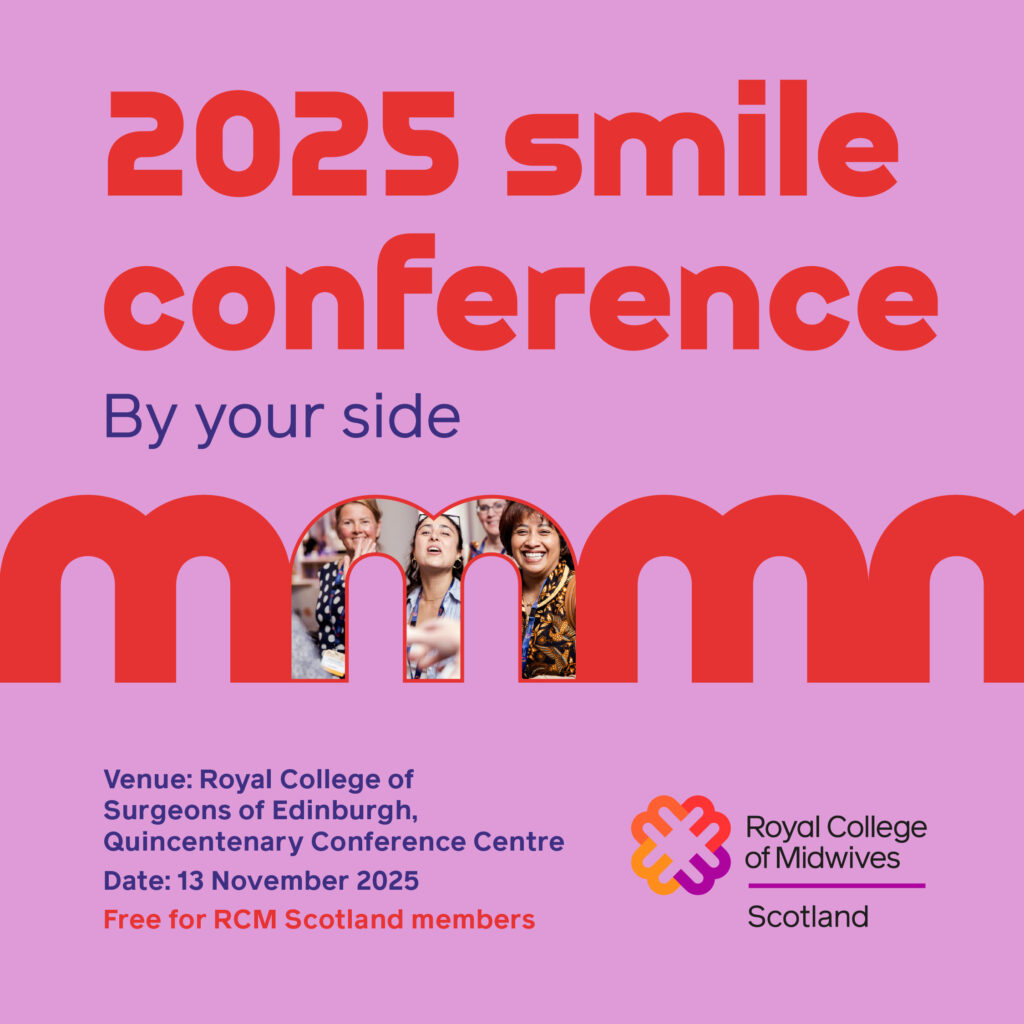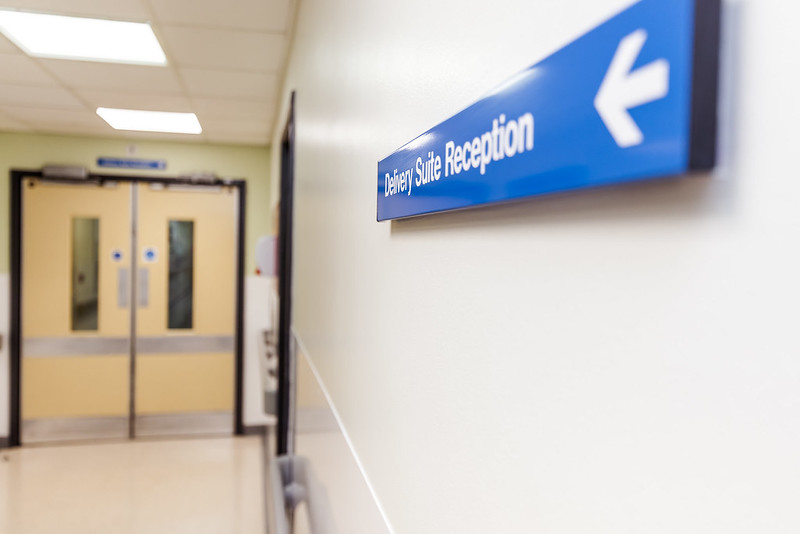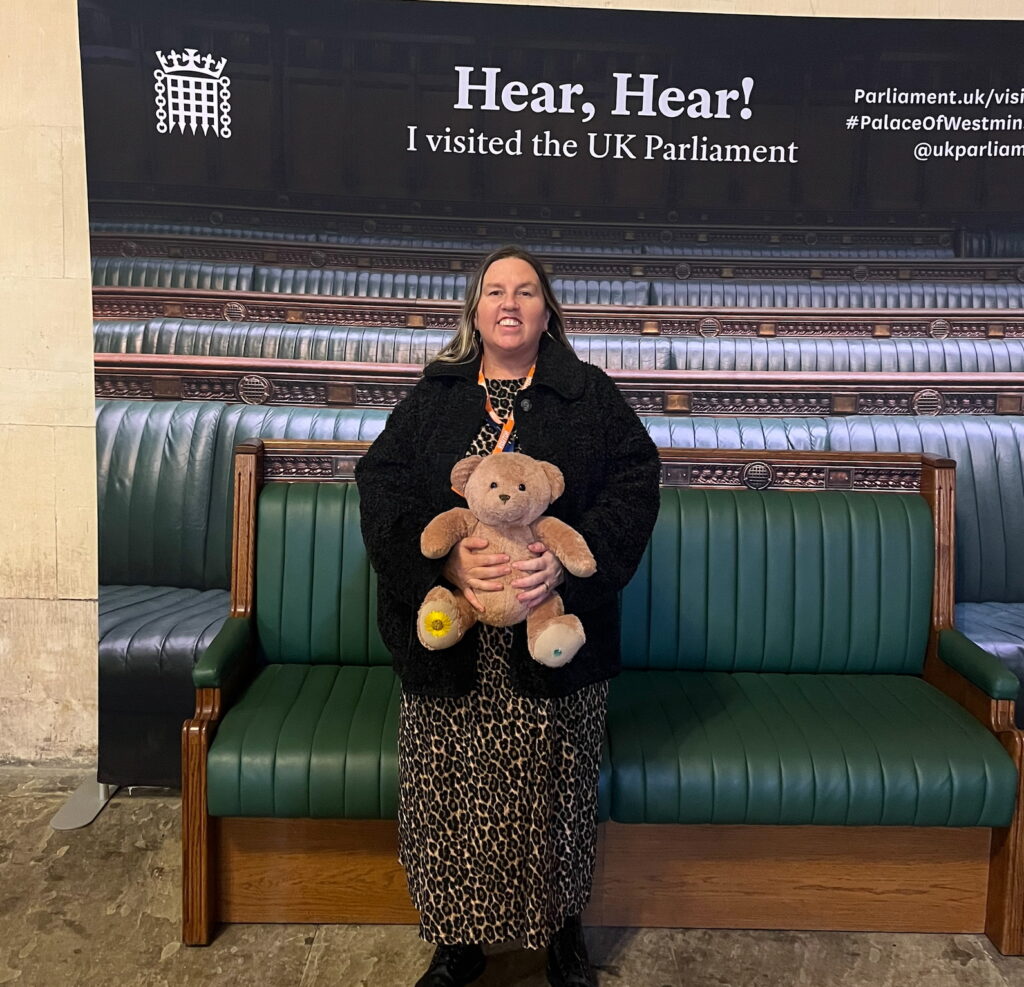In two weeks, the midwifery community will come together in Edinburgh for this year’s SMiLe – Scottish Midwifery Leadership – conference. To be honest, though, it doesn’t feel like there’s much to smile about. Understaffing, underinvestment, and under the cosh – that’s probably a fair summary of maternity services and midwifery education in Scotland right now. So what needs to happen to turn the situation around?
For years, we’ve looked across the border and seen the numerous inquiries and investigations and, to be honest, felt more than a little relieved that we work in Scotland. Not for us the media spotlight, or the politicians raking over what we do, or the criticism on social media. We’ve just been getting on with our jobs, working with women and families. But of course, all of us knew that, while we were not in the same spotlight as services in England, we were also not being listened to when we called for what we needed to thrive at work.
The RCM has been raising concerns with the Scottish Government, and with individual Health Boards, for years, urging them to get ahead of the curve and implement what is needed to ensure we don’t find ourselves in the same place as England. Prevention is, after all, better than cure. And we’ve had some success: the Ministerial Taskforce came about because the RCM was consistently and continually raising the challenges facing maternity services with Ministers. That Taskforce has now made key recommendations across leadership and cultures, education and development, wellbeing, and attraction to the professions.
Of course, while recommendations are great in recognising the challenges facing the professions in Scotland, it’s what happens as a result of those recommendations that’s the important bit. And that’s where things get a lot less clear.
We know that staffing – or rather understaffing – is a big issue across Scotland. This plays out not only in terms of the number of people on each shift, but on which people are on each shift. The majority of Boards have a younger workforce than you might see in other parts of the UK. As a result, the skills mix is rarely right, as we just don’t have the levels of experience that are required to support the women and families in our care.
It also means that student midwives, the future of our profession, don’t get the right support and oversight. We’ve heard this direct from students and newly-qualified midwives themselves, and we’ll be sharing the findings of some of our own research on this at the SMiLe conference. There’s a real risk here that student midwives will either not be as well-prepared for practice as they should be, or that they’ll decide that midwifery isn’t for them at all and do something else instead. None of this will help the staffing issues we’re already seeing, and it certainly won’t help the women and families in our care.
Because the midwifery community – midwives, maternity care assistants and maternity support workers – is resourceful, many of these issues have been less visible. You know yourself that we just get on with it. But the new wave of inspections will mean that those cracks, those shortfalls, are going to become more and more obvious.
At the time Health Improvement Scotland (HIS) announced a new inspection regime, the RCM welcomed it. We want a spotlight on the systemic issues in maternity services – and we also want a spotlight on the amazing care that our members provide often in spite of the challenges they face. We see the inspection regime as an opportunity for change – but the concept of inspection and the reality of it are different.
At last year’s SMiLe conference, the team from HIS were challenged by Mary Renfrew on their approach to inspections. By their own admission, the inspection regime was not resourced and would only look at acute care – so no community, nothing other than hospital provision. Prof Renfrew was right that this approach doesn’t reflect the integrated nature of care – and a year on, it still doesn’t.
We all know that part of that integration is the nature of care, provided by a multidisciplinary team. So why, then, do none of the inspection teams reflect this? Instead, they are made up entirely of midwives – no obstetricians, no radiographers, no anaesthetists. It’s great that the midwifery elements are being looked at, but to get a true picture of a Board, it has to be looked at through a multidisciplinary lens.
And while midwives are fine to run inspections, according to HIS, they’re apparently not good enough to sit at senior level within the organisation. Despite repeated calls by the RCM, there isn’t a single midwife at Director or even Assistant Director level within HIS.
This week’s Disclosure programme and the latest HIS inspection reports clearly demonstrate that all is not well in Scotland’s maternity services. This is an opportunity for positive change and the RCM is a more than willing participant in making it happen. We know what needs to be done, you know what needs to be done. We just need politicians and policy-makers to get on and do it.


